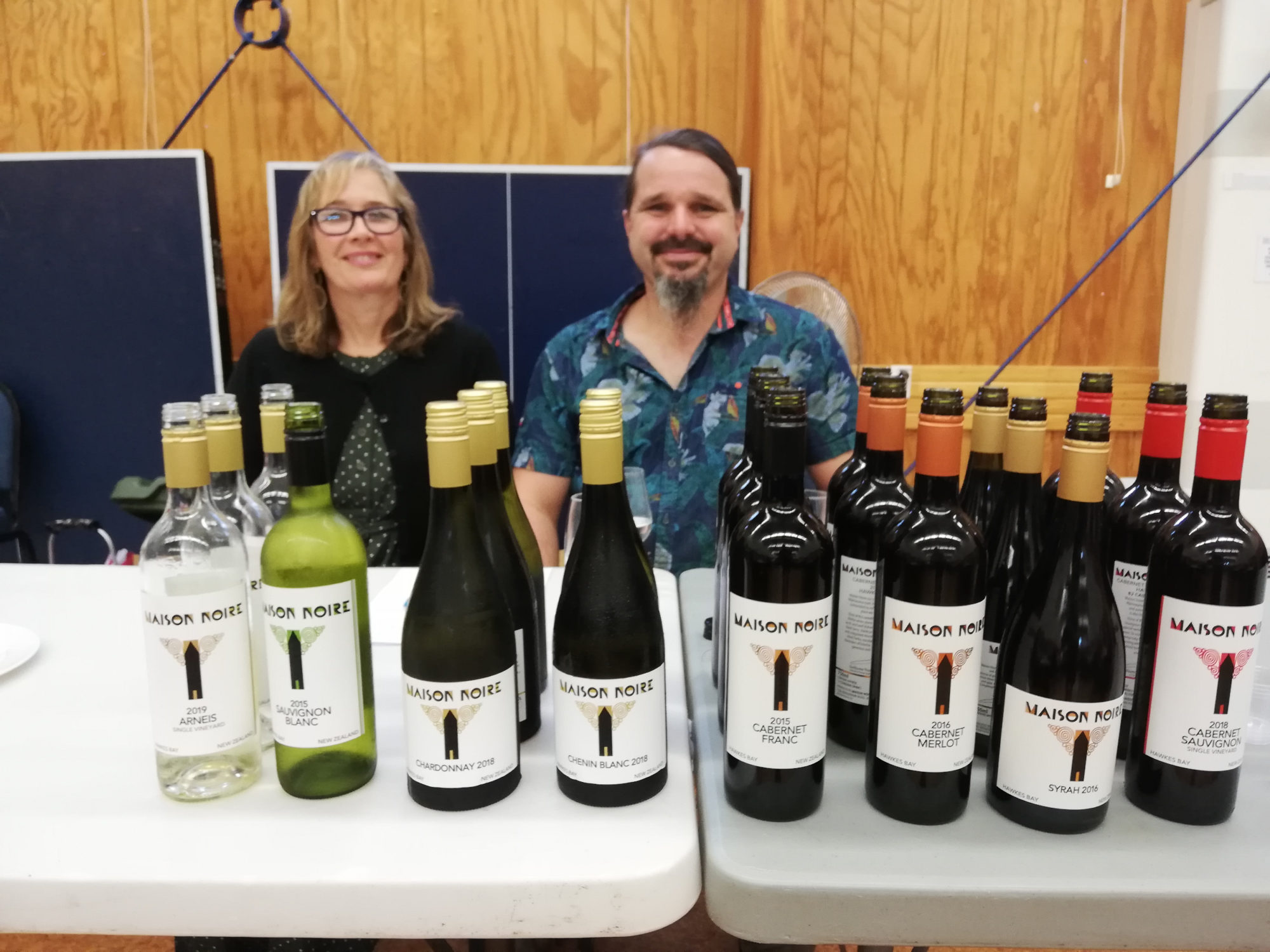
A guide to buying Bordeaux & En Primeur | Glengarry, May 1, 2021
What is En Primeur?
 Also known as Wine Futures, Bordeaux Futures, or, as we like to refer to it, a liquid investment.
Also known as Wine Futures, Bordeaux Futures, or, as we like to refer to it, a liquid investment.
En Primeur refers to the process of buying wine before it is bottled and released onto the market – usually, the wine is delivered 2 years later.
The process can be traced back for centuries, but only recently did it reach the popularity that it has today. Historically, the Château in Bordeaux would sell their wine in bulk or in barrels to a wine merchant. The wine was then bottled by each merchant at their offices in Chartrons. After Château bottling was established, it was then the financially tough times of 1974 that saw merchants onsell to retailers globally while the wines were still in the barrel.
There are many advantages to purchasing wine En Primeur.
The first is availability. Some En Primeur wine is produced in very limited quantities (a château can produce as little as 200 cases a year for worldwide allocation) and are only available En Primeur, i.e. they will never reach the open market.
Even for En Primeur wine that does eventually make it to retail shelves, the quantities available are extremely limited rendering it likely that you will miss out if you do not acquire the wine En Primeur.
The second significant advantage is price. The cost savings with En Primeur vary with the actual wine concerned from the various châteaux. The price that you purchase the wine at En Primeur is significantly less than the wine will be on the retail shelf two years later. The market conditions at the time have a bearing.
How to get involved?
Glengarry has a dedicated En Primeur website, suited to desktop and mobile. There’s a simple registration form to complete and you are set. You’ll receive offers as they become available, by your preferred means of communication.
Your free guide – Click here to download your free guide to En Primeur.












